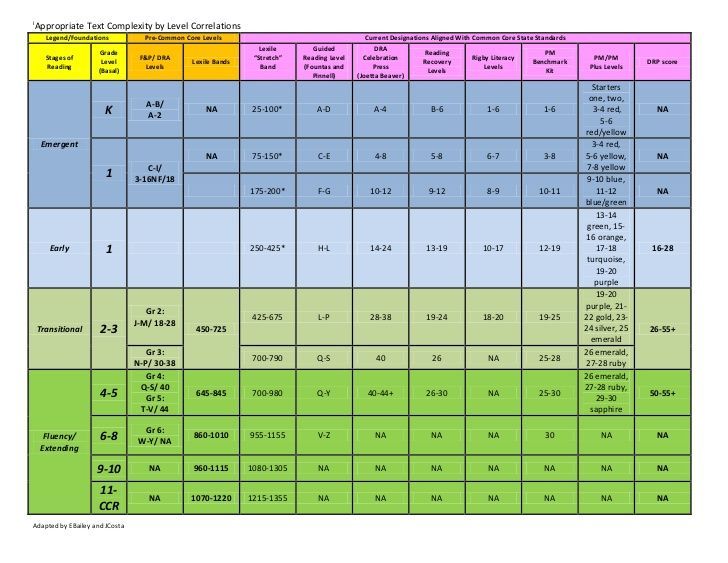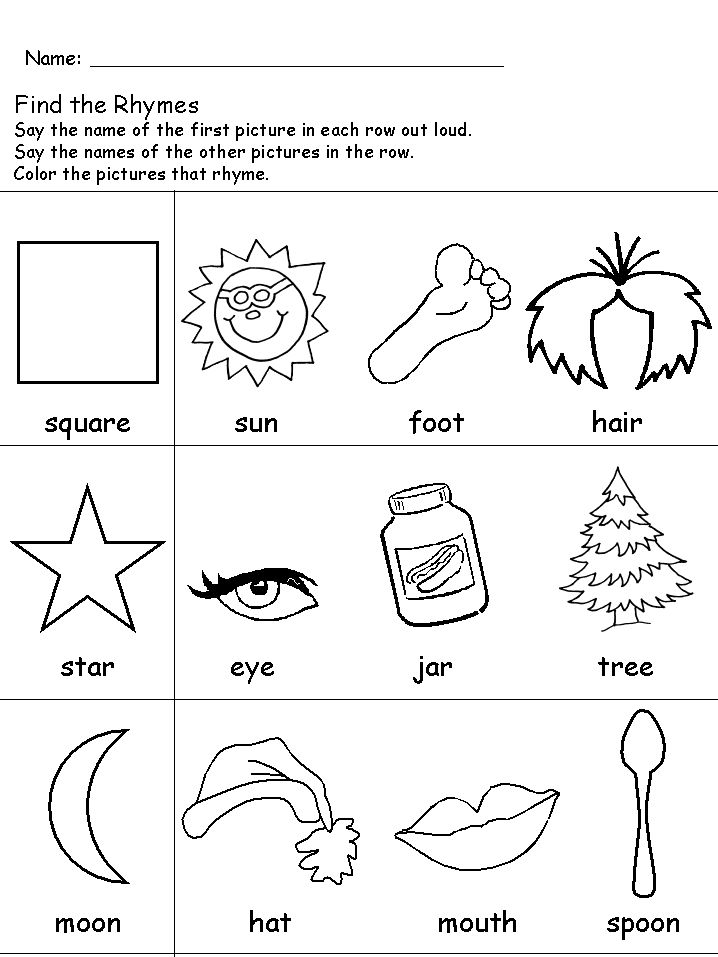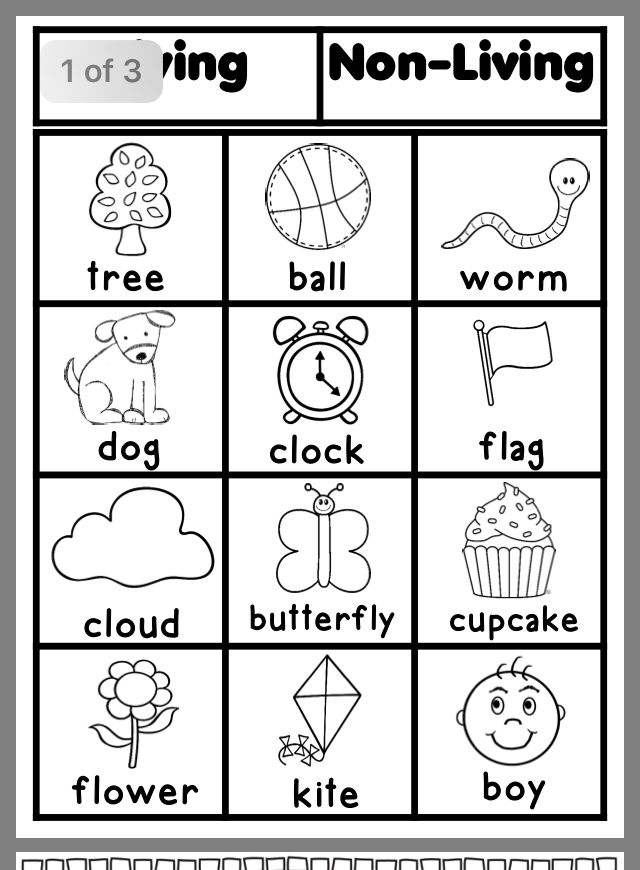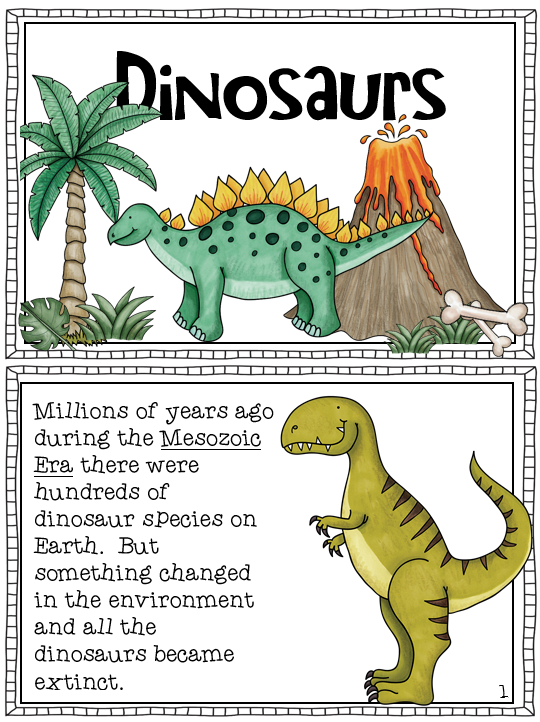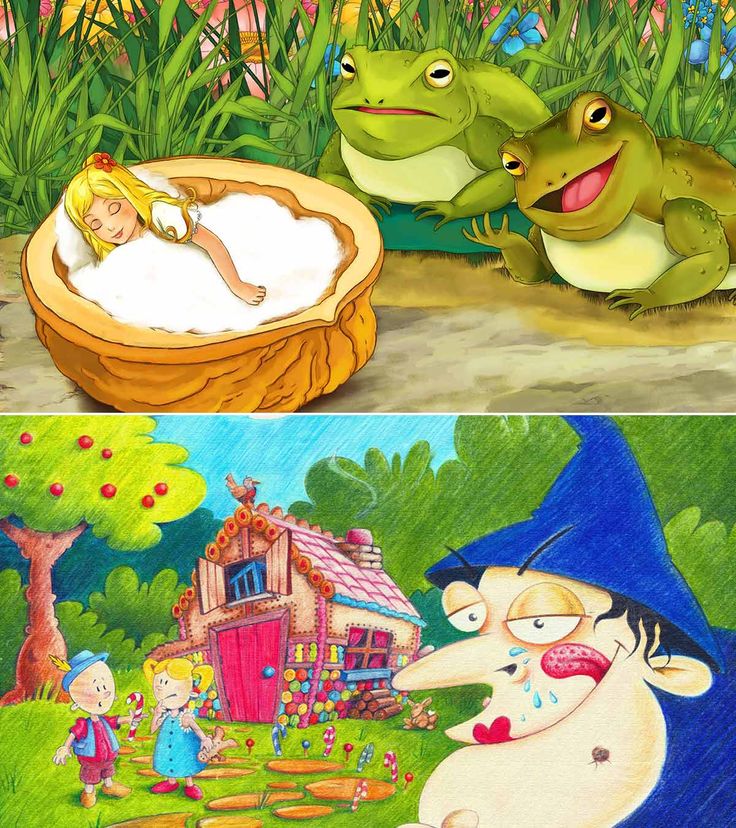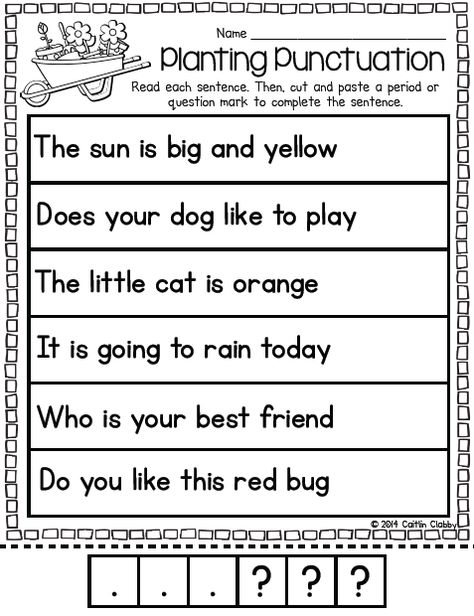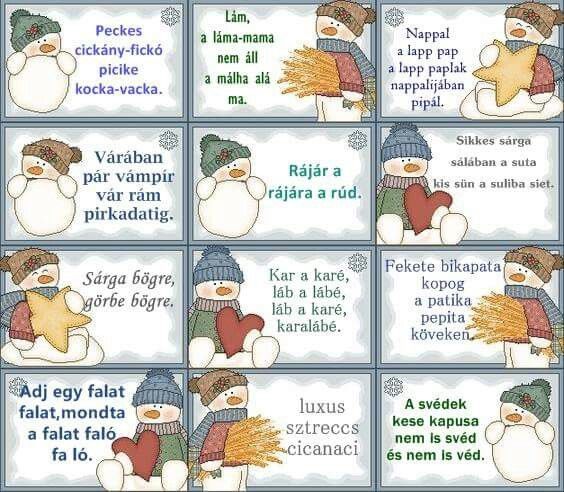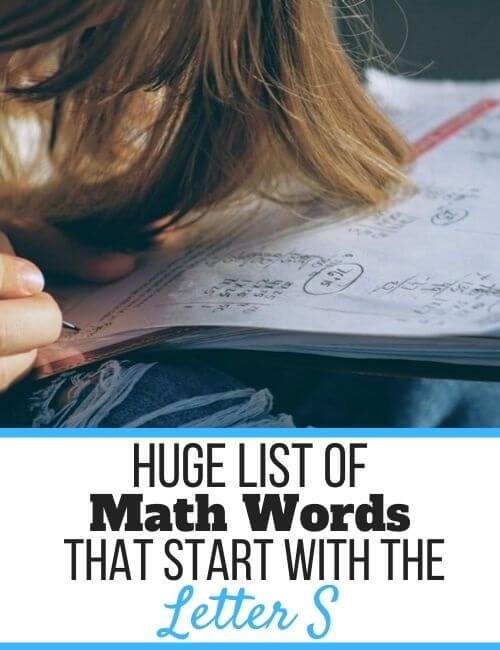Books by lexile reading levels
Introduction - Reading and Lexile Scores
What is a Lexile Score?
A Lexile score is a standard score that matches a Grade 1-12 student’s reading ability with the difficulty of the reading material.
When the reader's score and that of the reading material are the same, the student is expected to read with 75% comprehension – difficult enough to be challenging without undue frustration and to encourage reading progress.
Scores range from 200 to 1700.
Lexile measures are a measure of text difficulty. They do not address age-appropriateness, student interest or the quality of the text.
Google does not use Lexile scores, and while in the past Google Advanced Search used to rate websites as beginning, intermediate or advanced reading level - Google no longer offers this feature. However, an alternative way to search and obtain results with reading levels marked is here: Choosito.com Search.
This site http://www. lexile.com/ will let you enter your lexile level range and find a list of books that not only meet your lexile requirements, but your interests, i.e. social issues or technology, and your age range. However, the age range is limited to 18 years and younger. You can also see if a particular book is listed to learn the lexile level.
Sample Lexile Texts
Examples of Reading Levels
This Lexile map shows texts matched to levels of reading ability. The literature titles and reading selections are examples that range from 200L to 1700L on the Lexile scale.
Lexile Grade Level
Lexile-to-Grade Correspondence
Student's Guide to Lexiles
This guide gives Grades 1-12 students practical information about Lexiles—what they are, what they mean, and how students can use them to find reading materials that match their reading abilities and interests.
Perhaps you already recognize the term “Lexile” as the reading level number for an article in an EBSCOhost database search. Or maybe you know that a Lexile is a measure of your reading ability based on your score from a reading test. But do you know what the number really means?
How Can Lexiles Help Me Find Reading Materials?
Lexiles can help you find books and articles based on your individual reading ability and interests. For example, if you are a 980L reader, you should be able to read and understand most texts at this level. It is best to find materials within a range of 100L below and 50L above your Lexile measure. Texts below 980L will be easier to read; texts above 980L will be more challenging.
I don’t know my Lexile measure. Can I get a Lexile measure from EBSCOhost, based on the magazines I like to read?
If you or your teachers do not know your actual Lexile measure, you can use a school library or public library EBSCOhost database to estimate your reading ability.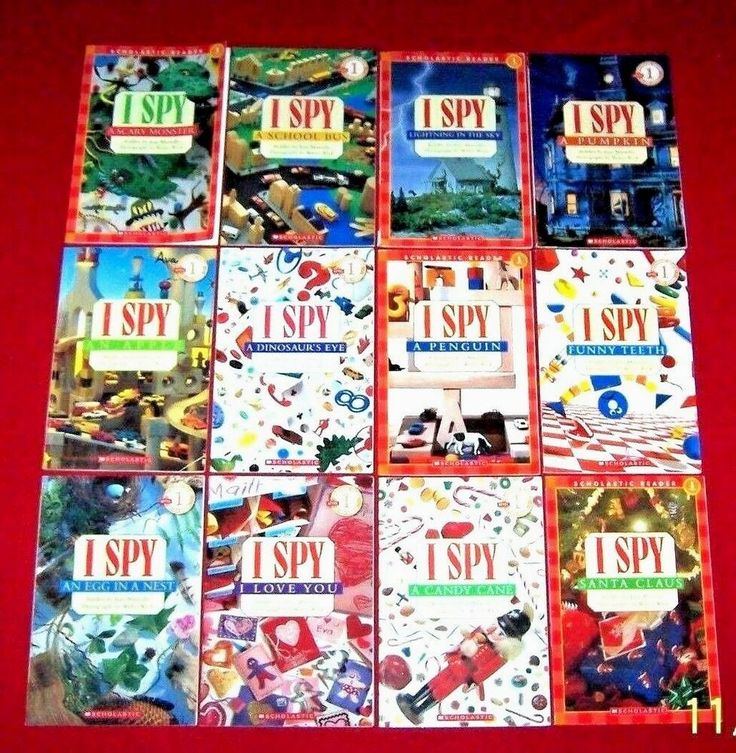 Log into EBSCOhost on your library’s computer and choose a database with Lexiles, such as
Primary Search, Middle Search Plus or MAS Ultra. On the Basic Search screen, check Full Text, then type in a magazine name in the Publication field. Click Search. EBSCOhost will bring up all of the articles from that magazine. Each article will have a different Lexile measure, which will give you a general idea of the magazine’s reading level.
Log into EBSCOhost on your library’s computer and choose a database with Lexiles, such as
Primary Search, Middle Search Plus or MAS Ultra. On the Basic Search screen, check Full Text, then type in a magazine name in the Publication field. Click Search. EBSCOhost will bring up all of the articles from that magazine. Each article will have a different Lexile measure, which will give you a general idea of the magazine’s reading level.
Lexile Framework for Reading GL Education Group (April 14, 2011)
Examples of Reading Levels (Framework)
This Lexile map shows texts matched to levels of reading ability. The literature titles and reading selections are examples that range from 200L to 1700L on the Lexile scale.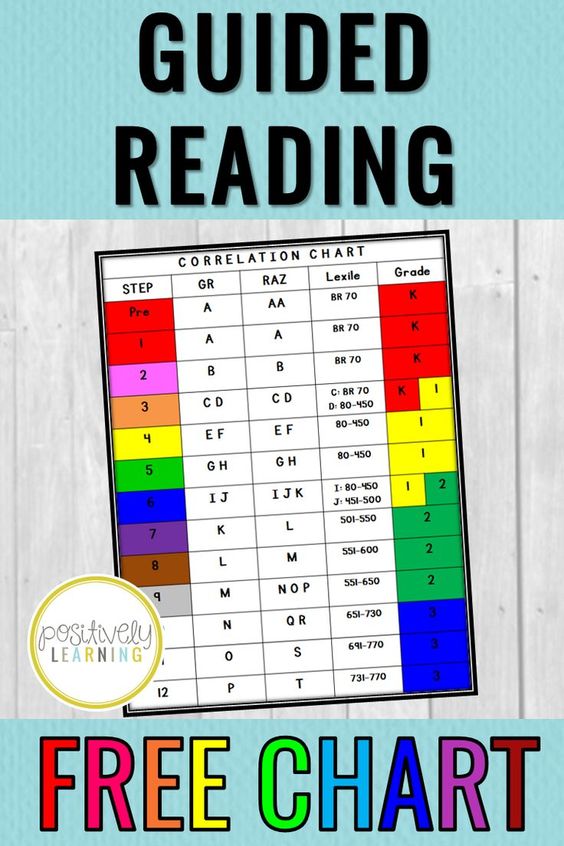
Lexile Framework for Reading for Parents and Educators
The educators and researchers at MetaMetrics created the Lexile Framework for Reading to transform the world of education with a research-driven, scientific system to help all readers navigate the path to success in school, college and careers.
Reading
QR Code
Scan the above QR Code with your QR code reader to access this page on your mobile device.
For Adults – Olean Public Library
For Adults
Guided Reading
Guided Reading Levels are more complex than Lexile Scores. They measure length of book, layout, plot, repetition, illustrations, vocabulary, characters, setting, content and theme.
They measure length of book, layout, plot, repetition, illustrations, vocabulary, characters, setting, content and theme.
How do I find Guided Reading Levels?
- Search for book titles at Scholastic Book Wizard. Find Guided Reading Level, Grade Level, Equivalent and Lexile Score.
- Compare structure of Guided Reading Levels to Lexile Scores.
Lexile score
A Lexile score measures a book’s difficulty level on a scale from low to high. A low Lexile score means a book will be easier to comprehend
How do I find Lexile scores?
- Use the Lexile find-a-book website.
- Compare structure of Guided Reading Levels to Lexile Scores.
- See more at Lexile Framework® for Reading.
Accelerated Reader
Accelerated Reader (AR) book lists are organized by readability level for books, using a formula similar to a Lexile score.
How do I find Accelerated Reader book lists?
- Start by finding your school website, then look for AR book lists used by your school.
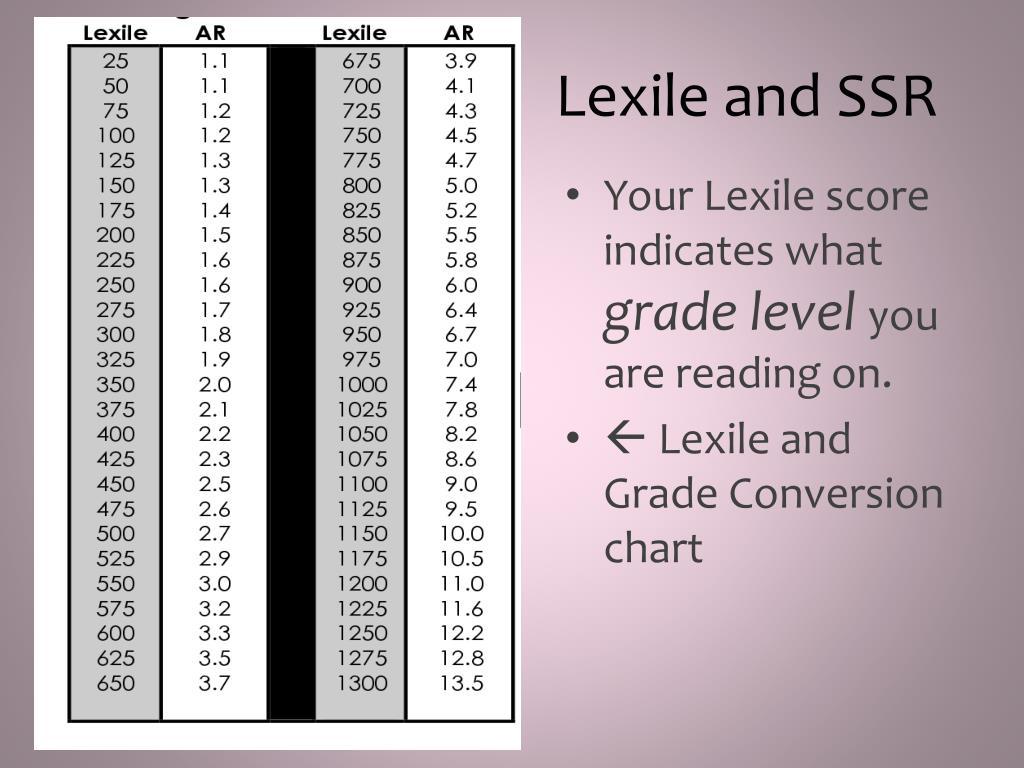
- Use the AR book finder.
Links
Scholastic
Find links to books and learning activities, school help, child development information, kids’ activities and news at Scholastic.
DayByDayNY
Use the DayByDayNY interactive calendar to develop a love for books and learning that will last a lifetime. The calendar uses multimedia to enhance books, songs, and family health and bring these components to life.
Guys Read
Guys Read is a web-based literacy probram for boys with a mission to help boys become self-motivates, lifelong readers.
Reading Rockets
Reading Rockets offers a wealth of reading strategies, lessons and activities designed to help young children learn how to read and to read better.
To ward off the learning loss that many children experience over the summer, Start with a Book offers parents…lots of engaging ideas for getting kids hooked on reading, exploring and learning all summer long–and beyond.
Kids Know It Network
Started in 1998 by a Salt Lake City educator, the Kids Know It Network strives to provide the highest quality educational activities, products, movies, music, games, articles, textbooks, learning programs, lesson plans, worksheets, and distribute them free of charge.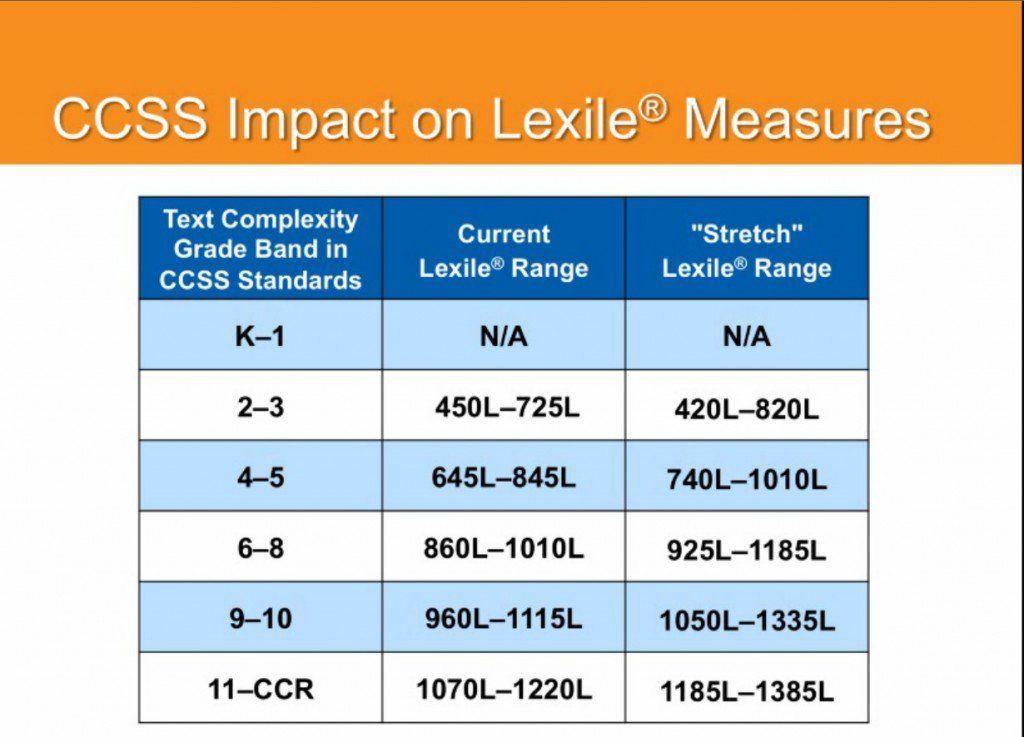
Reach Out and Read
Promoting early literacy through cooperation with Pediatric Associates of Olean and Salamanca.
Early Literacy
You are your child’s first and most important teacher! There are many things you can do with your child—starting at birth—to help him or her be ready to succeed in school.
Every Child Ready To Read. The updated and expanded 2nd edition of Every Child Ready To Read incorporates simple practices, based on research, to help parents and other caregivers develop early literacy skills in children from birth to age five.
ZERO TO THREE
ZERO TO THREE is a national, nonprofit organization that informs, trains and supports professionals, policymakers and parents in their efforts to improve the lives of infants and toddlers.
Center for Early Literacy Learning
The goal of the Center for Early Literacy Learning (CELL) is to promote the adoption and sustained use of evidence-based early literacy learning practices.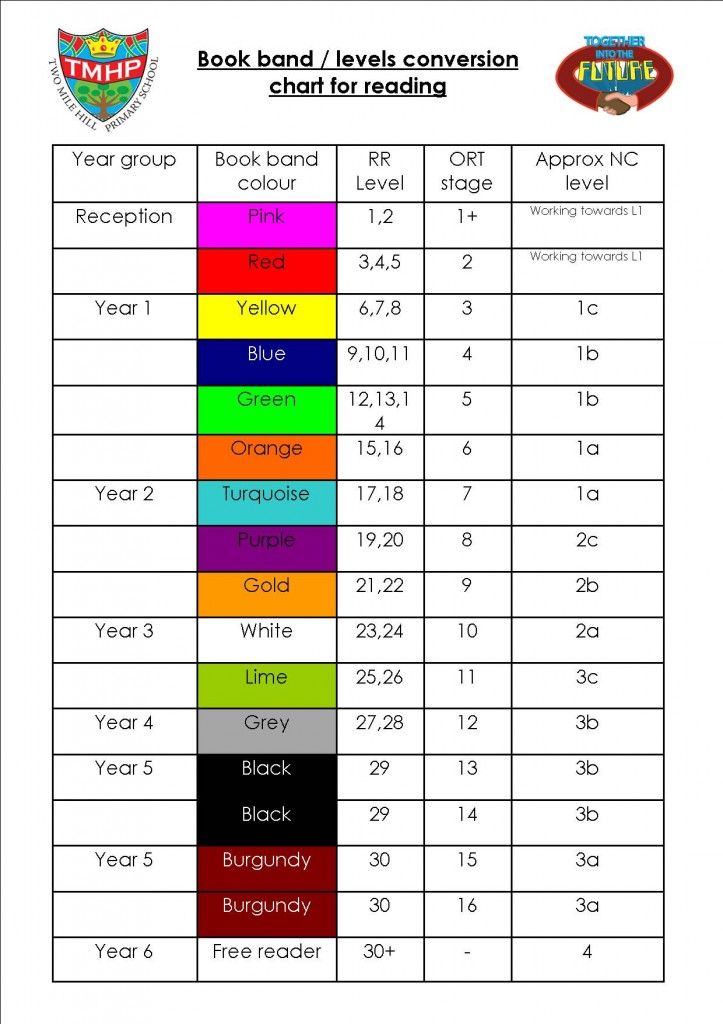 This site has resources for early childhood intervention practitioners, parents, and other caregivers of children—birth to five years of age—with identified disabilities, developmental delays, and those at risk for poor outcomes.
This site has resources for early childhood intervention practitioners, parents, and other caregivers of children—birth to five years of age—with identified disabilities, developmental delays, and those at risk for poor outcomes.
Baby Sign Language
Baby Sign Language gives babies the signs they need to express their needs and wants before verbal language develops. Babies “sign” naturally when they wave, point and gesture. Baby Sign uses American Sign Language (ASL) signs to enhance this tendency and provide baby and caregiver with a common language. Babies who sign generally develop language skills at a more rapid rate than babies who do not.
Ready at Five
Ready at Five is a web site that provides Parent Tips, parent-child activities, school readiness resources and other important information.
Reading is Fundamental
Reading is Fundamental offers scores of activities for readers of every age group and every skill level. The activities provide solid learning opportunities through interaction with peers and siblings, and promote literacy through structured learning opportunities with parents.
Lexile - a scale for improving reading
Today we will talk about the Lexile method. Reading is one of the central language skills with which you can develop others. When reading a text, students see the correct grammatical constructions in context and can then use them as a model for writing and speaking. Regular reading stimulates imagination and creative thinking. As a result, writing and speech become more informative and original.
There are many approaches and techniques for developing reading skills. nine0003
What is it?
A popular method for measuring reading ability. It allows you to determine both the level of the reader and the complexity of the text. Lexile was not created for competition and the rating designation is just a handy tool to help you choose texts that are suitable for the student from a great variety.
The Lexile Reading Score measures a student's ability to read on the Lexile scale. The Lexile text measure indicates the level of complexity of the text on the Lexile scale.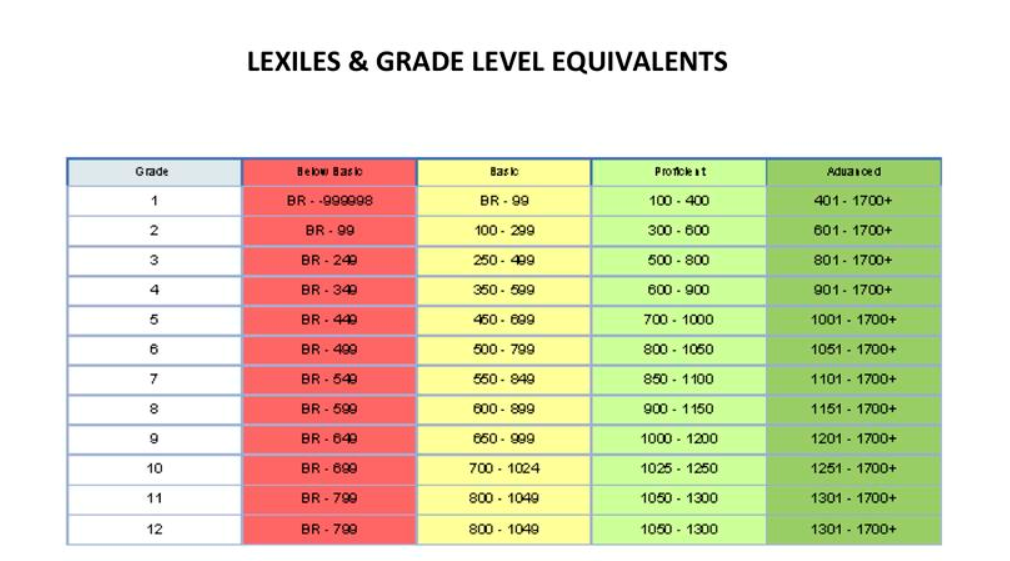 The Lexile measure ranges from a minimum of 0L to a maximum of 2000L. There are certain norms of indicators depending on the class: for example, for the first class, indicators from 25 to 325 units are considered the norm, and for the ninth from 1100L to 1125L. nine0003
The Lexile measure ranges from a minimum of 0L to a maximum of 2000L. There are certain norms of indicators depending on the class: for example, for the first class, indicators from 25 to 325 units are considered the norm, and for the ninth from 1100L to 1125L. nine0003
Here is the complete table of values. Despite this, there is not always a direct relationship between the Lexile score and a particular class. In any class there are students of different levels and with different sets of skills, so it is necessary to take into account the individual characteristics of the students.
How to use for teaching
The Lexile tool is useful in that it allows you to predict how difficult a text a student will be able to understand. For example, if the Lexile reading score is 1000L, the reader will understand approximately 75% of the text with a Lexile level of 1000L. Here you will find books with different indicators and for different classes. Let's say you need to find materials for the seventh grade with an indicator of 700L, enter the data in the appropriate cells and get the result.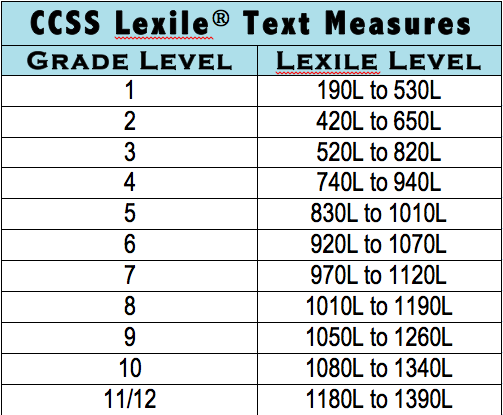 You also need to select the complexity of the text: easy, medium or difficult, and there is even an option to select books that are suitable for your interests. nine0003
You also need to select the complexity of the text: easy, medium or difficult, and there is even an option to select books that are suitable for your interests. nine0003
But remember not to focus on the exact number. If the measure is Lexile 700L, then note the range of approximately 100L below and 50L above the measured value.
Why Lexile is useful
The Lexile scale shows the student's progress in reading. Using this scale, you can find out whether the reading skills of a particular student have developed over a certain period of time. For example, in the sixth grade, a student receives some score on the Lexile scale, if next year his score is higher than the previous one, then reading skills are developing. If the increase in points is insignificant or even absent, it is an occasion to focus on reading, to think about how you can diversify the methods for training reading and how to help your student achieve better results. nine0003
At the same time, it is important to remember that deviations from the norm are quite possible.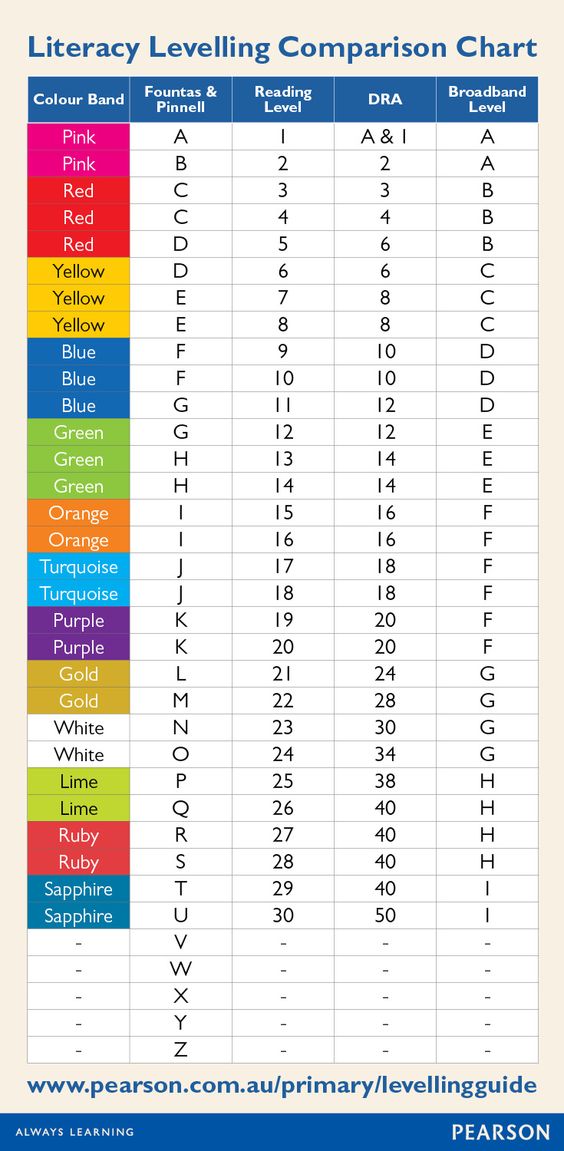 Lexile is a student level prediction, and like any prediction, it's not always 100% accurate. The complexity of the text is only one of the indicators, some topics may be completely uninteresting to teenagers, and because of this they are not involved in reading, so reading comprehension will decrease. At the same time, you need to select topics that your teenagers already know something about, so it will be much easier for them to understand the text presented. nine0003
Lexile is a student level prediction, and like any prediction, it's not always 100% accurate. The complexity of the text is only one of the indicators, some topics may be completely uninteresting to teenagers, and because of this they are not involved in reading, so reading comprehension will decrease. At the same time, you need to select topics that your teenagers already know something about, so it will be much easier for them to understand the text presented. nine0003
Why it is important to find material with information already known to students, we wrote in the article: How to work on the development of background knowledge in adolescents
So, using Lexile, you can predict whether the text will suit your students. When the student understands most of what he read, he feels more confident, calmer, begins to be more interested in the text. As a result, the student is likely to become interested in reading in general, which means he will read more and better.
This is our goal: to awaken students' interest in reading and help them develop a valuable language skill. nine0003
nine0003
what are they and why are they needed
Part of the teacher's job is to introduce students to learning skills, oddly enough. That is, you need not just to teach, but to teach how to learn, or suggest how to do it better or more efficiently. In Russian, unfortunately, I have not yet come across literature on this topic in the context of “a manual for a teacher in. a language that tells you how to teach your students to learn more effectively than they do now”, but there is a lot in English. As a rule, the necessary recommendations for teachers on how to teach their students to learn are hidden under headings such as learner autonomy or learner skill training. nine0003
Since I, like all people, suffer from bouts of acute laziness from time to time, from time to time, when I am asked a question, which, it seems to me, I have already answered more than a dozen times, I just want to direct the person to the right page, where everything is written. This page is just such a type :)
People often ask what to read and listen to in English at different levels.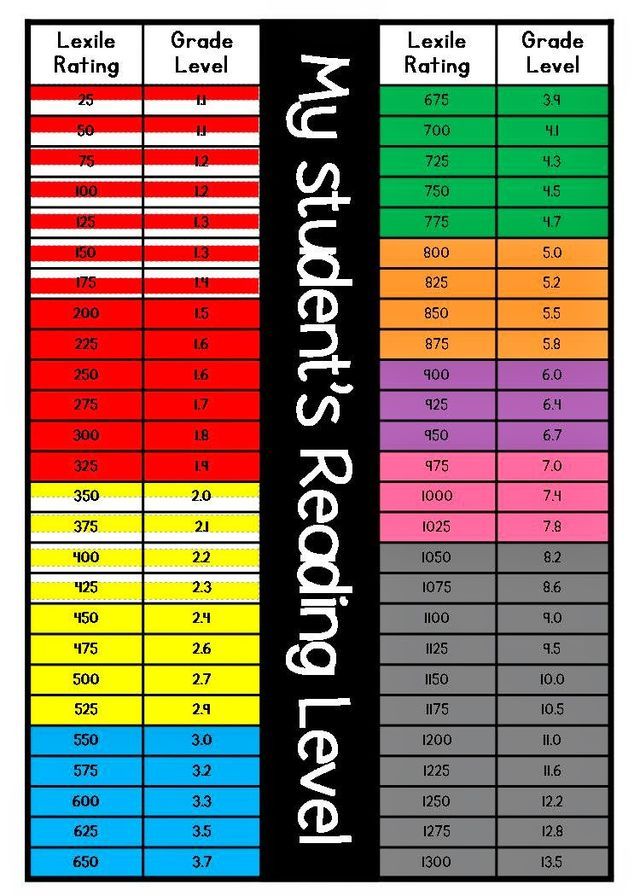 I will try to explain what I know as clearly as possible. Any constructive comments are welcome. If necessary, you can add quotes from the methodological literature (in English) on the affected aspects (some of them are controversial, but I am guided by my personal experience and the experience of my students when selecting recommendations. I do not exclude the possibility of alternative methods - I will read about your effective methods with pleasure if you share). nine0003
I will try to explain what I know as clearly as possible. Any constructive comments are welcome. If necessary, you can add quotes from the methodological literature (in English) on the affected aspects (some of them are controversial, but I am guided by my personal experience and the experience of my students when selecting recommendations. I do not exclude the possibility of alternative methods - I will read about your effective methods with pleasure if you share). nine0003
So, to the point. In English, a book for reading is called a reader (that is, it is a homonym for the word “reader”). If you are a native speaker, then the book for reading for you will most likely be called a short prose reader and the content will resemble anthology on fiction for high school or university. Such collections for native speakers of student age are quite suitable for those who graduate from the highest level of adapted audiobooks, by the way :) There the texts are small, feasible, accompanied by questions on content and for discussion, the most “that” for advanced+ levels. But for English learners below advanced levels, reading books are adapted and divided into levels called levels or grades, and such books are called graded readers , i.e. collections to which a certain “gradation ” is applied.
But for English learners below advanced levels, reading books are adapted and divided into levels called levels or grades, and such books are called graded readers , i.e. collections to which a certain “gradation ” is applied.
Adapted reading texts are published by Oxford University Press (OUP) - Oxford Bookworms Library, Penguin and Macmillan. In the last few years they have been released as audio CD sets, earlier editions were purely texts, occasionally accompanied by cassettes. In other words, modern adapted literature for English learners may well be called educational audiobooks , which allows the student to kill two birds with one stone: listen and read. I don’t write “at the same time” on purpose, since this is just not necessary, but I’ll explain why in one of the following posts :)
A distinctive feature of this kind of books is that almost from the first days of learning English and understand, and if you read a dozen books at each level, then the words of your level will be repeated many times in context, as they are specially selected by the authors who adapt the original texts for educational purposes, and therefore the words are memorized without much effort. Some people need to spend a couple of years searching for the philosopher's stone on the Internet in order to appreciate the work done by the compilers of adapted audiobooks. These people selected the vocabulary for you and left the grammar that is needed at your level in the first place. On your own, if you are not a polyglot, it is very difficult to distinguish what you need to learn first of all from what can wait (but you can - only a miser pays twice, in the case of a foreign language, this is not even money, but time, which is measured YEARS of my own life). You can often see an oil painting: a person reads a text from a textbook, writes out words, then memorizes them, but has absolutely no idea why he does it! If you ask, then most often the argument is such that “I am building up a vocabulary” or “maybe it will come in handy”, but that’s why the vocabulary is a dead weight, and when “maybe” comes - questions are clearly for astrologers. Everything new must either be immediately forgotten, or immediately “reinvested” as profit, i.e. to use for its intended purpose - to train passively through reading and listening is minimal - only not if anything, but what contains this very vocabulary and grammar that needs to be activated, and ideally also applied in practice - used orally and in writing. If for the last two you need an audience, then for the first two, your most beloved is more than enough. The main thing is not to scatter, not to grab onto something that is obviously new and more difficult than your general level, since what is more difficult is theory, and educational audio books are practice, laboratory work on the material covered. “Isn't it necessary to read and listen to something complicated at all?” some will ask. Need to, of course. Only it will already be a different type of reading and listening: intensive, which is characterized by an increased level of complexity, but tiny volumes. Audiobooks are of the extensive type: large volumes + reduced level of complexity. In conclusion, a few words about levels. Their publishers measure the number of basic words you need to know at each level. The base word is not a single word, but something like a group of words with the same root, which in English is called headword. To get the number of individual words corresponding to the number of basic words, and at the same time to amuse your pride “that's how many individual words I know!”, The number of headwords at the initial level must be multiplied by 3-5 somewhere. With each level, this multiplier increases slightly due to the fact that you learn more and more prefixes and suffixes, with which you can form words with the same root. NB! The links are intended to give you an idea of what is "in nature" (then you know what to ask the library, if there is one) and "how much". Please note that not all educational books for reading are accompanied by a CD - those published earlier than 2007 often do not have them at all, or a CD, and more often a regular cassette, must be purchased separately. Graded Readers (Oxford Bookworms) Headwords: Stage 1 400 headwords Beginners Penguin Readers Audio CD Packs In this research, levels are measured in hours spent on learning :) , and not by the number of studied groups of cognate words. By clicking on the link, you will see the first five titles (I indicated in brackets the number of titles as of 04.01.09), to see the rest, you will need to click on the “more results” button. Books are available in both British English and American English - check the boxes. Easystarts (22 items) There is also a book + CD-ROM series, which is suitable for those who like to sit at the computer For the little ones (PYR = Penguin Young Readers) this publisher also has books, only with cassettes for now, and even not for everyone . Penguin Young Readers Level 2 Video Fairy Tales ISBN 0 582 34391 7 Penguin Young Readers Level 3 Video Fairy Tales ISBN? And there is even a photocopiable teachers resource pack to help the teacher in addition to these video cassettes. Penguin Young Readers Instant lessons ISBN 0582 45625 8 (40 lesson plans) Penguin Young Readers Audio: book + cassette packs PYR Audio Level 1 - Book and Cassette This publisher has almost all books with audio, some audio is also available in mp3 format. For money, of course:( NB! Please note that what Oxord Bookworms calls stage 3 - 1,000 headwords pre-intermediate , Macmillan corresponds to Elementary - 1,100 headwords .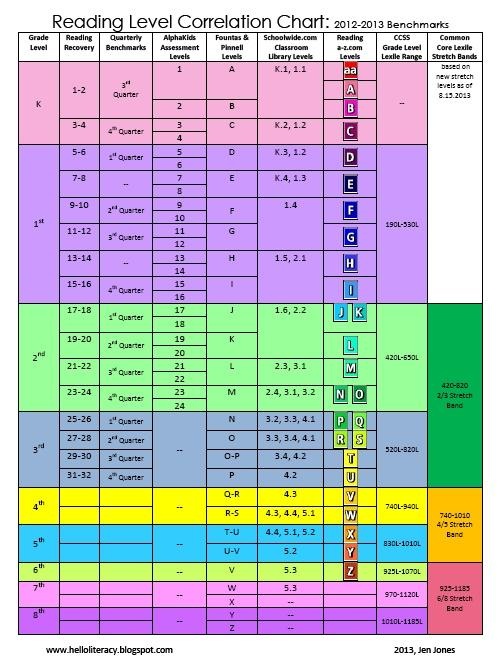 Not all, of course, but many, which simplifies things, plus trains listening comprehension - You will hear most of the words that you were too lazy to look up in the dictionary, and this is paramount. If your listening comprehension noticeably lags behind other skills, then in most cases the reason is that you yourself pronounce a lot of things incorrectly, in connection with which you expect to hear words that you visually know the way you pronounce them yourself, i.e. wrong, and as a result, when they are pronounced correctly, you simply do not hear them! They are unknown to you! Then you open the script and see that the words are all old, and it's insulting to tears. And all why? Because “to learn a word” for you is to know its spelling, while in reality this is not enough, you also need to know how it sounds. That is, you can’t say - you don’t know, since the word is meaning + spelling + sound (ENG meaning + form / spelling + pronunciation). If any of this trinity is undereducated, then you don’t know the word, by analogy with the well-known joke that you can’t be “a little dead”.
Not all, of course, but many, which simplifies things, plus trains listening comprehension - You will hear most of the words that you were too lazy to look up in the dictionary, and this is paramount. If your listening comprehension noticeably lags behind other skills, then in most cases the reason is that you yourself pronounce a lot of things incorrectly, in connection with which you expect to hear words that you visually know the way you pronounce them yourself, i.e. wrong, and as a result, when they are pronounced correctly, you simply do not hear them! They are unknown to you! Then you open the script and see that the words are all old, and it's insulting to tears. And all why? Because “to learn a word” for you is to know its spelling, while in reality this is not enough, you also need to know how it sounds. That is, you can’t say - you don’t know, since the word is meaning + spelling + sound (ENG meaning + form / spelling + pronunciation). If any of this trinity is undereducated, then you don’t know the word, by analogy with the well-known joke that you can’t be “a little dead”.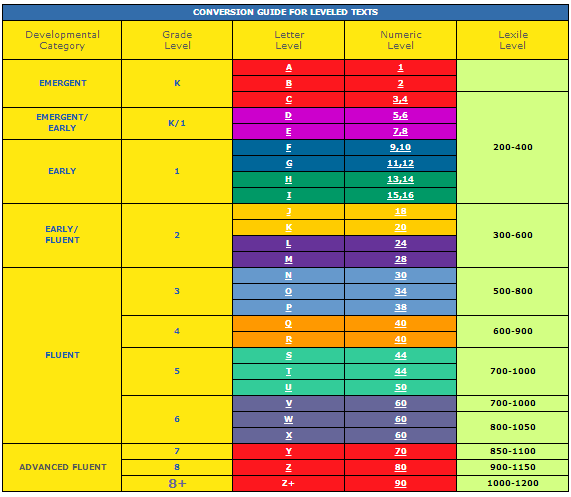 You can disagree with me as much as you like, but if your level has stalled on a plateau of an average level, or has firmly taken an advanced position in terms of listening comprehension, then with a high degree of probability the problem is in your own pronunciation. One of the relatively pleasant methods of correcting this “ailment” is listening to educational audiobooks 1-3 levels below your general level, because. problems always have deep roots, and often the simplest words that are studied at the elementary level are often mispronounced. nine0003
You can disagree with me as much as you like, but if your level has stalled on a plateau of an average level, or has firmly taken an advanced position in terms of listening comprehension, then with a high degree of probability the problem is in your own pronunciation. One of the relatively pleasant methods of correcting this “ailment” is listening to educational audiobooks 1-3 levels below your general level, because. problems always have deep roots, and often the simplest words that are studied at the elementary level are often mispronounced. nine0003  nine0003
nine0003 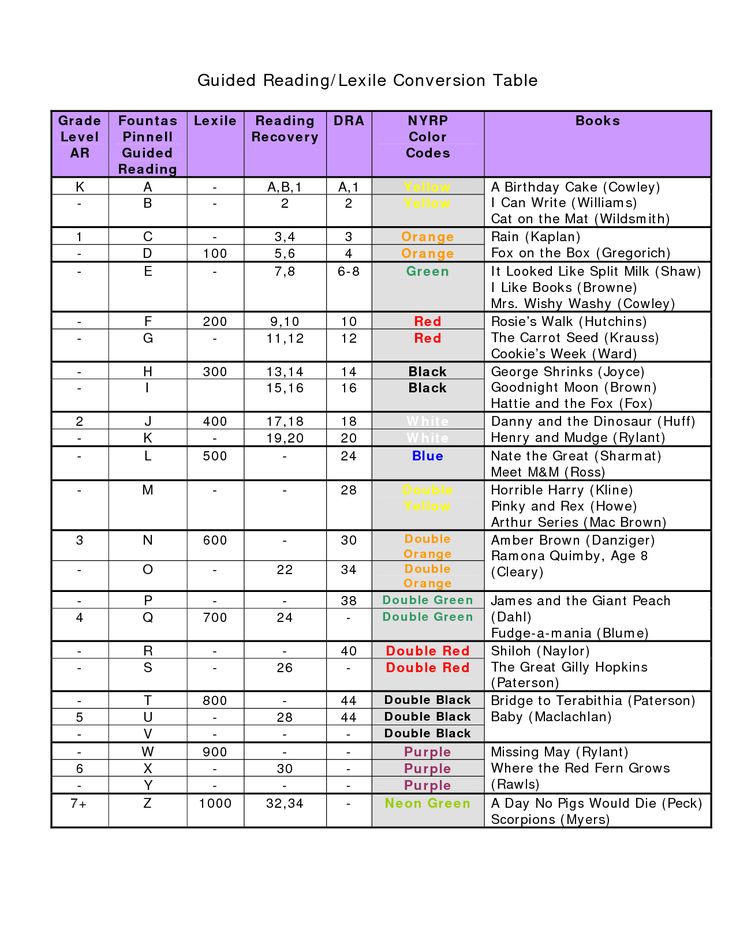 If there is no theory, then there is nothing special to practice, it's like going to hell first :) If you take on voluminous texts that are much more difficult than your real level, then the result may well be a feeling of frustration and an inferiority complex. Of course, if there is no choice, and you need something at work or have been asked for an exam, then you will have to suffer, but it will already be reading with completely different goals, in order to understand the meaning, or shoot back and forget. In other words, to increase the level, improve pronunciation, etc. won't work that way. But to feel incapable of language is easy. nine0003
If there is no theory, then there is nothing special to practice, it's like going to hell first :) If you take on voluminous texts that are much more difficult than your real level, then the result may well be a feeling of frustration and an inferiority complex. Of course, if there is no choice, and you need something at work or have been asked for an exam, then you will have to suffer, but it will already be reading with completely different goals, in order to understand the meaning, or shoot back and forget. In other words, to increase the level, improve pronunciation, etc. won't work that way. But to feel incapable of language is easy. nine0003 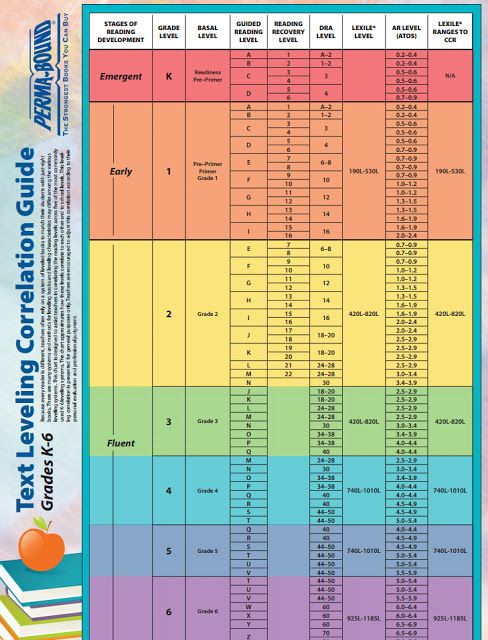 If we draw an analogy, then in reading and listening, as in running, sprinters and stayers are distinguished: if you give all your best from the first second (intensive reading and listening), then the distance should be short (small volumes), but if you run for a long time (extensive practice, for example, audiobooks) - then you need to do this without straining and for your own pleasure. nine0003
If we draw an analogy, then in reading and listening, as in running, sprinters and stayers are distinguished: if you give all your best from the first second (intensive reading and listening), then the distance should be short (small volumes), but if you run for a long time (extensive practice, for example, audiobooks) - then you need to do this without straining and for your own pleasure. nine0003 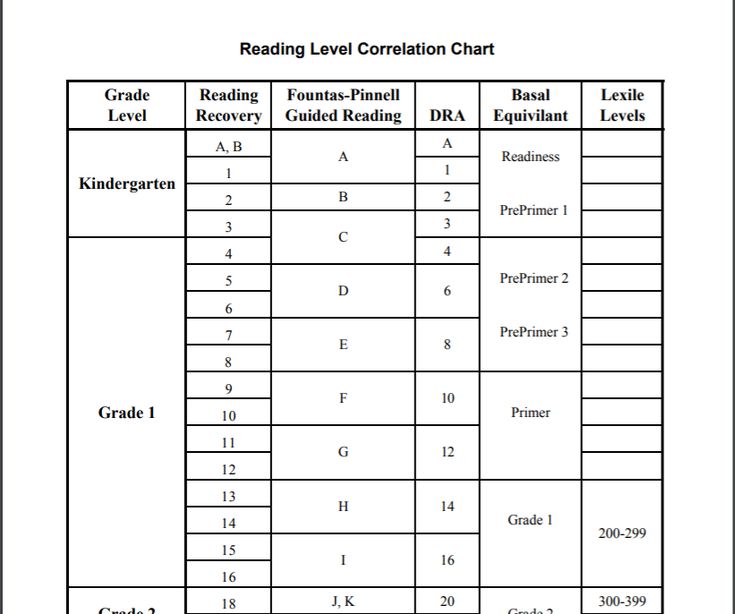 At the advanced level, somewhere between 8-10 times more individual words are obtained compared to 2,500 headwords. The spread is quite large due to the fact that not everyone is “friendly” with the topic of word formation :) One well-learned prefix sometimes costs several hundred words, and a suffix costs thousands :)0003
At the advanced level, somewhere between 8-10 times more individual words are obtained compared to 2,500 headwords. The spread is quite large due to the fact that not everyone is “friendly” with the topic of word formation :) One well-learned prefix sometimes costs several hundred words, and a suffix costs thousands :)0003
Stage 1: 400 | Stage 2: 700 | Stage 3: 1,000 | Stage 4: 1,400 | Stage 5: 1,800 | Stage 6: 2,500
Stage 2 700 headwords Elementary
Stage 3 1000 headwords Pre-intermediate
Stage 4 1400 headwords Intermediate
Stage 5 1800 headwords High/Upper Intermediate
Stage 6 2500 headwords Advanced  However, we can consider that easystarts - starter, level 1 - beginner, level 2 - elementary, level 3 - pre-intermediate, level 4 - intermediate, level 5 -high/upper-intermediate, level 6 - advanced
However, we can consider that easystarts - starter, level 1 - beginner, level 2 - elementary, level 3 - pre-intermediate, level 4 - intermediate, level 5 -high/upper-intermediate, level 6 - advanced
Level 1 (24 items)
Level 2 (62 items)
Level 3 (60 items)
Level 4 (39 items)
Level 5 (44 items)
Level 6 (27 items)
Penguin Active Reading Series book + CD-ROM
Penguin Active Reading - Easystarts
Penguin Active Reading - Level 1
Penguin Active Reading - Level 2
Penguin Active Reading - Level 3
Penguin Active Reading - Level 4  Plus, there were four video cassettes for them, but today they are out of print (they have not been reprinted for a long time, and the circulation is sold out, but it happens in the library or in the store in the warehouse where it was lying around - it always makes sense to ask the sellers, they sometimes don’t know what do they have in stock at all :) - I was lucky with regard to video cassettes, for example, it's simple, I bought them in bulk at a sale with books at a significant discount :)). Raspberry is spoiled, though: I only have the first two cassettes, and I don’t have the second two :( If you suddenly have it, I would gladly consider an offer to exchange for something :) - then write. I have listed the names of the fairy tales (in brackets - for what age the publisher recommends the book) that are on the cassettes, for greater convenience - if there is a book and a video, then an audio cassette is not needed! nine0080
Plus, there were four video cassettes for them, but today they are out of print (they have not been reprinted for a long time, and the circulation is sold out, but it happens in the library or in the store in the warehouse where it was lying around - it always makes sense to ask the sellers, they sometimes don’t know what do they have in stock at all :) - I was lucky with regard to video cassettes, for example, it's simple, I bought them in bulk at a sale with books at a significant discount :)). Raspberry is spoiled, though: I only have the first two cassettes, and I don’t have the second two :( If you suddenly have it, I would gladly consider an offer to exchange for something :) - then write. I have listed the names of the fairy tales (in brackets - for what age the publisher recommends the book) that are on the cassettes, for greater convenience - if there is a book and a video, then an audio cassette is not needed! nine0080
Penguin Young Readers Level 1 Video Fairy Tales ISBN 0 582 34396 8
Penguin Young Readers Level 4 Video Fairy Tales ISBN? 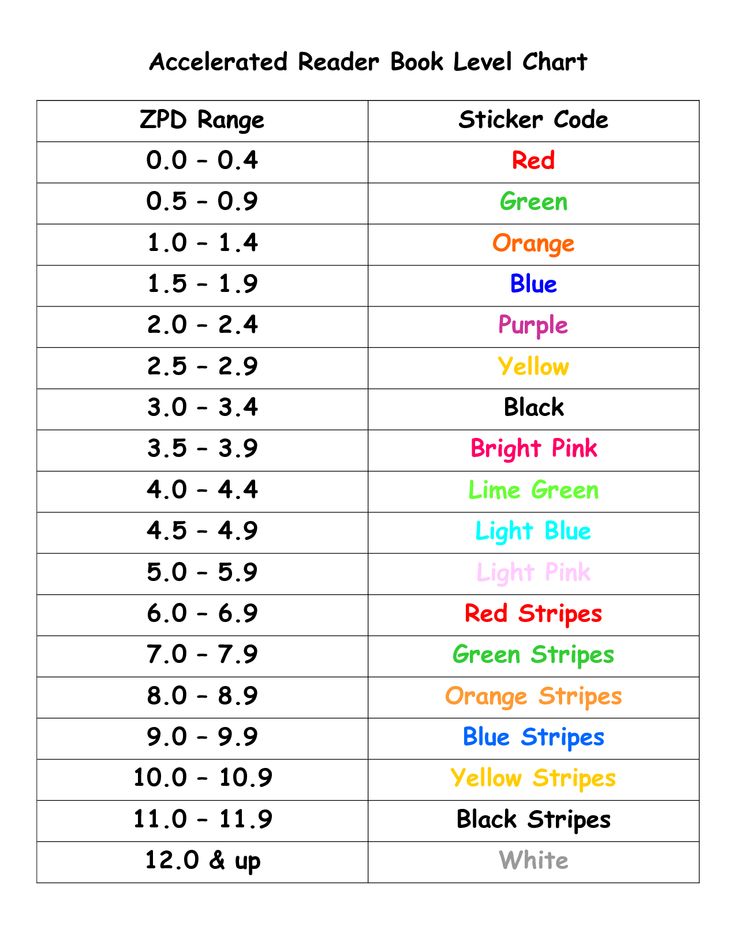 There, in addition to almost all the books covered on the videotapes listed above, there are many interesting tasks. This manual is so self-sufficient that it can be used on its own, without books and videos, I recommend it :)
There, in addition to almost all the books covered on the videotapes listed above, there are many interesting tasks. This manual is so self-sufficient that it can be used on its own, without books and videos, I recommend it :)
We can only hope that the publisher will get their hands on it and release something newer for kids on CD or DVD in the next year or two: ) In the meantime, here is what is available from books with regular cassettes:
PYR Audio Level 2 - Book and Cassette
PYR Audio Level 3 – Book and Cassette
PYR Audio Level 4 – Book and Cassette
Macmillan Graded Readers 